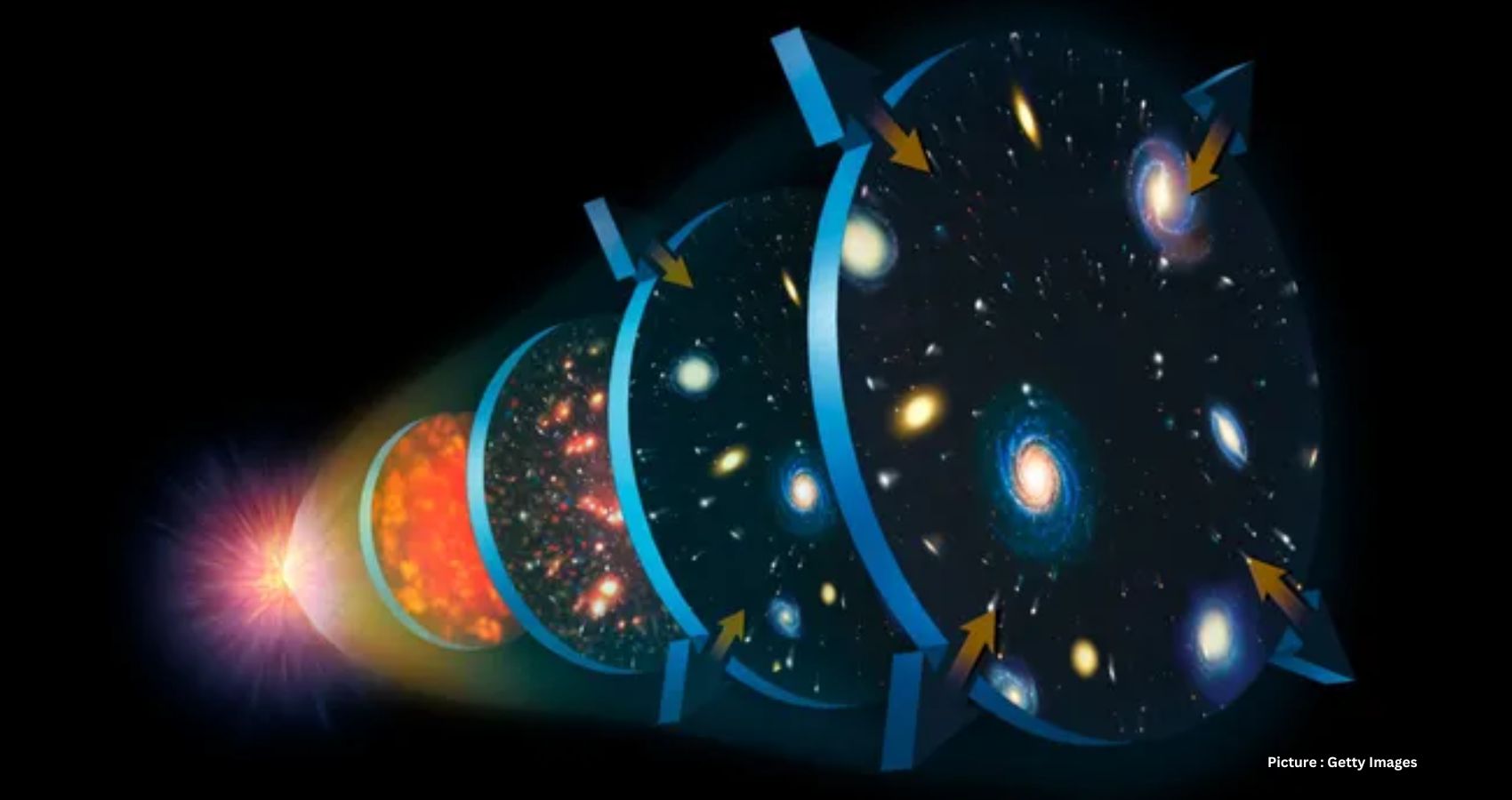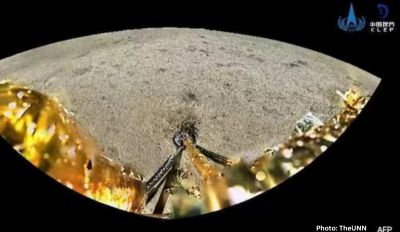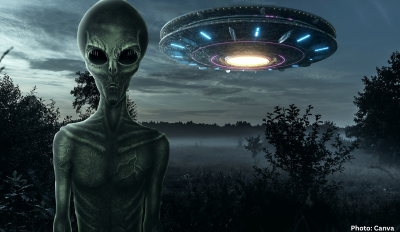Astronomers have utilized the James Webb and Hubble space telescopes to validate one of the most perplexing enigmas in physics: the universe’s expansion seems to occur at vastly different rates depending on where we direct our gaze.
Described as the Hubble Tension, this discrepancy poses a significant challenge to cosmology, potentially requiring a reevaluation of our fundamental understanding of the cosmos. Initial confirmation of this puzzle came in 2019 through measurements from the Hubble Space Telescope, with even more precise data from the James Webb Space Telescope (JWST) in 2023 solidifying the disparity.
A recent joint effort by both telescopes, detailed in a study published on February 6 in the Astrophysical Journal Letters, aimed to conclusively rule out any potential measurement errors. Lead author of the study, Adam Riess, a professor of physics and astronomy at Johns Hopkins University, remarked, “With measurement errors negated, what remains is the real and exciting possibility we have misunderstood the universe.”
Riess, along with Saul Perlmutter and Brian P. Schmidt, were awarded the 2011 Nobel Prize in physics for their groundbreaking discovery of dark energy, the mysterious force believed to drive the universe’s accelerating expansion.
Two primary methods are currently considered the “gold standard” for determining the Hubble constant, which describes the rate of the universe’s expansion. The first method involves analyzing minute fluctuations in the cosmic microwave background (CMB), a remnant of the universe’s early stages. This method, conducted between 2009 and 2013 using the European Space Agency’s Planck satellite, yielded a Hubble constant of approximately 46,200 mph per million light-years, or roughly 67 kilometers per second per megaparsec (km/s/Mpc).
The second method utilizes pulsating stars known as Cepheid variables. These stars undergo periodic fluctuations in brightness, providing astronomers with a means to gauge their intrinsic luminosity. By comparing this intrinsic brightness with their observed brightness, astronomers construct a “cosmic distance ladder,” allowing them to probe deeper into the universe’s past. Through this ladder, they determine the expansion rate by examining how the light from Cepheids has been red-shifted.
However, a significant discrepancy arises when comparing the measurements obtained from Cepheid variables with those from the Planck satellite. According to Riess and his team’s Cepheid variable measurements, the universe’s expansion rate stands at approximately 74 km/s/Mpc, a value significantly higher than Planck’s findings, throwing cosmology into disarray.
David Gross, a Nobel Prize-winning astronomer, referred to this disparity as a “crisis” rather than a mere tension or problem during a 2019 conference at the Kavli Institute for Theoretical Physics (KITP) in California.
Initially, speculation centered around the possibility of a measurement error resulting from the mixing of Cepheids with other stars within Hubble’s aperture. However, in 2023, the researchers utilized the more precise JWST to confirm the accuracy of their Hubble measurements for the initial “rungs” of the cosmic ladder. Nonetheless, doubts persisted regarding measurements further back in the universe’s history.
To address these uncertainties, Riess and his team expanded their observations, studying an additional 1,000 Cepheid stars in five distant galaxies, some as far as 130 million light-years away. By comparing this new data with Hubble’s previous measurements, they corroborated their earlier findings regarding the Hubble constant.
Riess emphasized, “We’ve now spanned the whole range of what Hubble observed, and we can rule out a measurement error as the cause of the Hubble Tension with very high confidence.” By combining data from both Webb and Hubble, astronomers can assert the reliability of Hubble’s measurements as they delve deeper into the cosmic distance ladder.
In essence, the tension within cosmology persists, challenging existing theories and urging further exploration into the mysteries of the universe.











